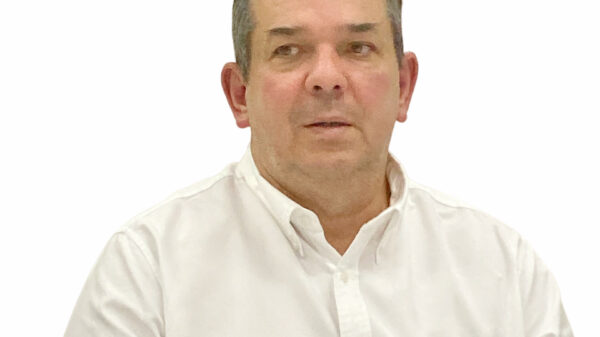While Isuzu will remain among the top players in Thailand, the Japanese truck maker’s largest market for its diesel-powered pickup trucks, other automakers could now be starting to chip away at their dominance by offering electric powered versions.
Pick-up trucks are critical to Thailand’s auto market and Isuzu controls around half of the country’s market for pickups (46 percent in 2022).
Isuzu’s D-Max, which is now in its third generation, has been a top-pick for Thai buyers for its tough-looking design, responsive driving even on rough terrain, and excellent fuel economy since its introduction in October 2019.
However, the market is starting to look for electric-powered ones, which emits no air pollution and are better for the environment. Isuzu is just about to introduce one.
Isuzu Motors Limited is set to inaugurate an electric vehicle development and testing facility at its Fujisawa plant in Japan. The company hopes to hasten the creation of a comprehensive range of carbon-neutral compliant vehicles — electric vehicles tailored for commercial applications — by the year 2030.
The $276 million EV facility is aimed to start operations by 2026.
According to Isuzu Motors, the newly established electric vehicle development and testing facility will employ testing and evaluation equipment for components such as batteries, motors, EV systems, and thermal management.
The company added that by acquiring a deeper understanding of battery characteristics, it will seek to maximize battery management performance.
By utilizing the facility for fuel-cell electric vehicle systems, Isuzu will also conduct advanced energy management and thermal management optimization at the system level. This will contribute to improvements in driving range and performance.
By integrating these functionalities into the facility, the company aims to enable faster development of electric vehicles.
To further improve its facility’s environmental compliance, the Fujisawa plant is set to install solar panels on the roof and side of building. Reduction in CO2 emissions will be achieved by recovering waste heat from equipment within the facility to power air conditioning.
To reduce overall power consumption of the facility, there will be power regeneration for battery testing and evaluation equipment.

















